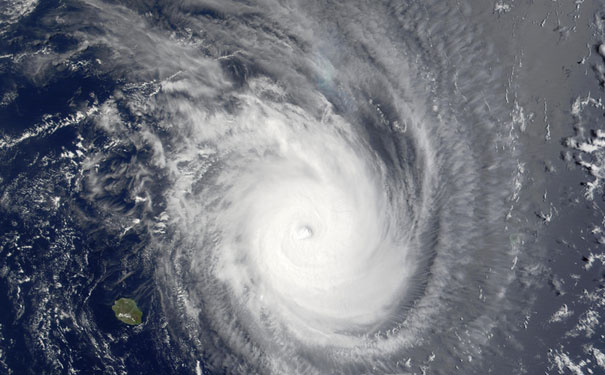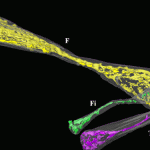
Tropical Cyclone Guillaume, Indian Ocean. Image: Shutterstock
After the devastation left behind from tropical cyclone Yasi, a better understanding can never be a bad thing.
Dr Hua Xia, David Byne and Professor Michael Shats from Australian National University have been studying the physics behind cyclones in an effort to better understand their behaviour.
Tropical cyclones occur when a low-pressure system forms over ocean waters above 26.5°C. The low air pressure pulls in surrounding clouds, causing them to rotate and pulling in more clouds as it goes. Depending on its severity, when a tropical cyclone hits land it can bring with it strong winds, heavy rainfall and storm surges.
In theory the bigger and stronger a cyclone the greater the drag over water and land but meteorologists are finding that the opposite occurs. Professor Shats explained in the press release “Tropical cyclones, which can be up to 1000 kilometres in diameter, are dampened by their drag over ocean and land.
“This drag was expected to increase with wind speed. However, meteorologists find quite the opposite ““ the stronger the cyclone the lower the drag.”
Shats and his team have now been able to explain why. In laboratory experiments they have shown that vortexes (swirling masses of water) actually reduces the turbulence beneath it. “This reduces its drag as well as changes the turbulence so that it feeds a large vortex rather than dampening it.
“In other words, cyclones lose less momentum and energy the stronger they get,”
Understanding the behaviour of cyclones could lead to better preparation of the more severe cyclones and a more accurate prediction of their effects.






